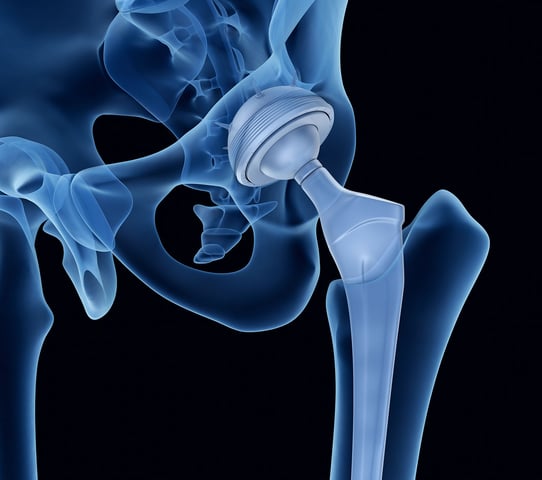
The QCM-D technology is used for research in many biomaterial- and medical device applications. Since the sensor is a critical part of the measurement, and the coating of the sensor is even more important in order to get the desired interactions, we wanted to give you some inspiration to a number of our sensor coatings suitable for biomaterial- and medical device research.
A top 5 list doesn’t really give room for all the sensors coatings relevant to biomaterials research. Here you can read the full list of sensors for more inspiration!
Compared to QCM, QCM-D measures an additional parameter, and provides more information about the system under study.
Discover how QCM-D analysis reveals real-time etching dynamics, helping optimize cleaning processes and protect surfaces from unwanted damage.
Discover how QSense QCM-D helps tackle fouling challenges across industries
Discover how QCM-D enables real-time, label-free analysis of supported lipid membrane formation, structure, and dynamics for advanced research
Learn how QSense QCM-D analysis can reveal membrane fouling dynamics and optimize cleaning strategies for more efficient water treatment
Learn how QSense QCM-D helps detect and prevent surface-induced instabilities in biologics. Join our webinar for insights and practical examples.
Learn about the top QSense sensors for analyzing biopharmaceutical drug-surface interactions in the context of IV bags.
Learn about QCM-D, Quartz Crystal Microbalance with Dissipation monitoring - an analytical tool for surface interaction studies at the nanoscale.
Explore QSense QCM-D sensors to optimize cleaning efficiency with real-time insights, enhancing formulations and protocols across various conditions.
Learn how how run small volume measurements with QSense Omni
Learn about of the acoustic technology, QCM-D, via musical instrument analogies.
Anna Oom is a former employee at Biolin Scientific where she worked as Project Manager in Marketing and previously as an Application Specialist for QSense. Anna holds a Master’s degree in Chemical Engineering and is fascinated by all the things in everyday life that are rooted in surface science.
